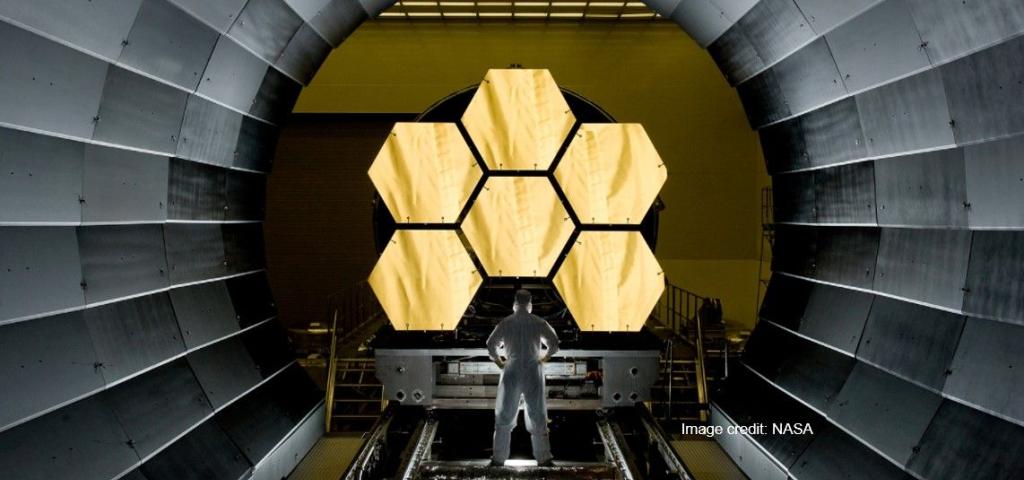
James Webb Space Telescope Successfully Reaches L2 Orbit - Achieving New Milestones in Space with Wind River Technology
Congratulations to NASA Goddard Space Flight Center on the safe arrival of the James Webb Space Telescope at L2 - an ultimate intelligent system!
One month after a successful launch, Webb has travelled 1.5 million kilometers (1 million miles) to reach the second Langrange point (L2) where, in metastable orbit, it will start the next exciting phase of its mission to peer back in time to view the most distant observable galaxies in the early universe, to reveal their evolution and the birth of stars and planetary systems.
To reach this point, Webb has already performed many important steps in its deployment: launch, separation from the launch vehicle, release and deployment of the solar array, course correction burns, and deployment of the sunshield, primary and secondary mirror. All of these successful deployments are a credit to NASA and its partners, and the expertise and dedication of their scientists and engineers. In the era of space tourism, it’s easy to forget that space is a harsh and unforgiving environment, and mission systems simply cannot fail, as there are no second chances.
Safety, security and reliability are part of Wind River’s DNA, and this has driven the development and evolution of our VxWorks real-time operating system (RTOS). VxWorks has been successfully deployed on countless space programs, and Wind River is proud of VxWorks’ role in Webb’s Integrated Science Instrument Module (ISIM), providing the OS Services layer for the ISM science payloads applications (see Figure 21 in this NASA ISIM conference paper) running on a radiation-hardened processor.
ISIM incorporates multiple science payloads, including near-infrared camera and spectrograph and mid-infrared instrument which will process the imagery data from the most distant observable galaxies and the very first luminous objects, whose light has been “red-shifted” into the infrared part of the electromagnetic spectrum by the universe’s continual expansion.
Well done NASA, Wind River celebrates this incredible achievement with you, and we look forward to the science that is about to start, answering the challenge posed by the late great Carl Sagan in his book Cosmos – “We must understand the Cosmos as it is and not confuse how it is with how we wish it to be.”
For nearly three decades, Wind River has provided NASA with the most proven software platform to bring dozens of intelligent systems to space, resulting in some of the most significant space missions in history. To learn more about the role of Wind River technology in space, visit: https://www.windriver.com/inspace.
